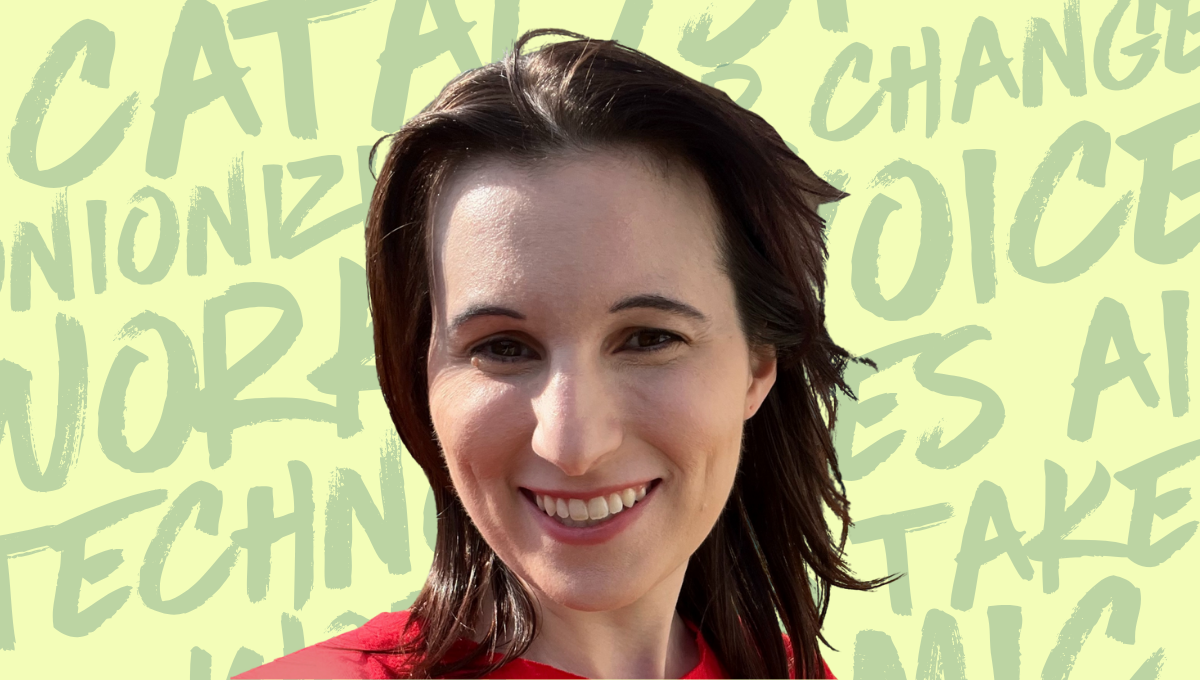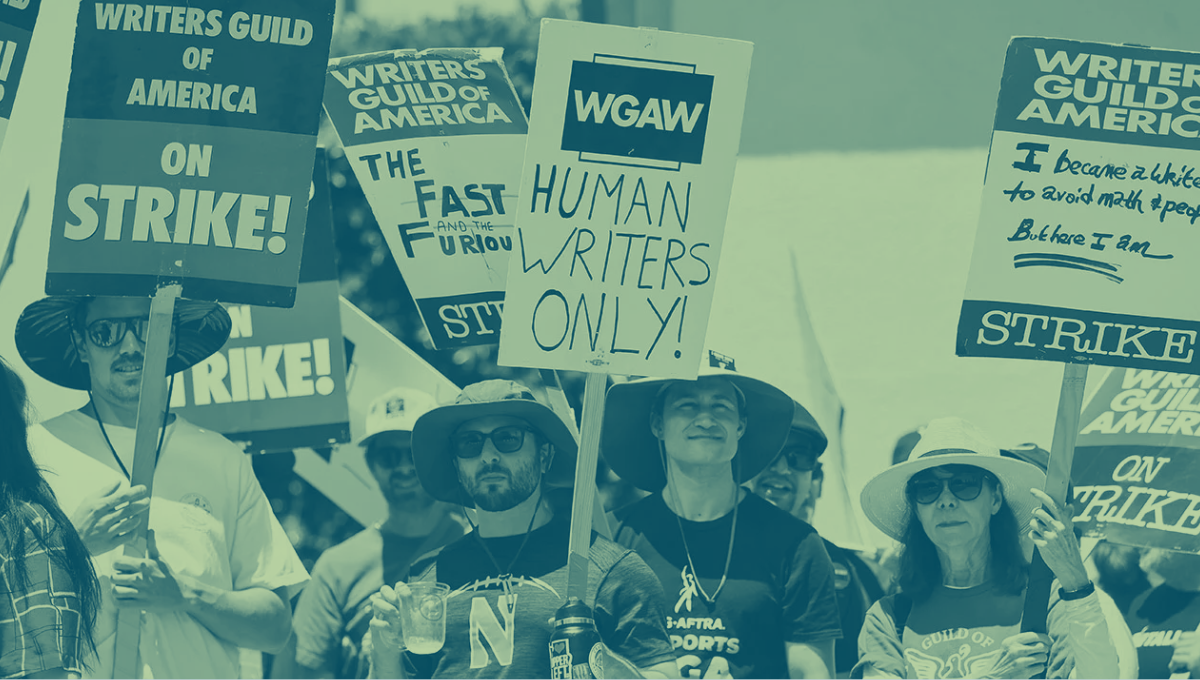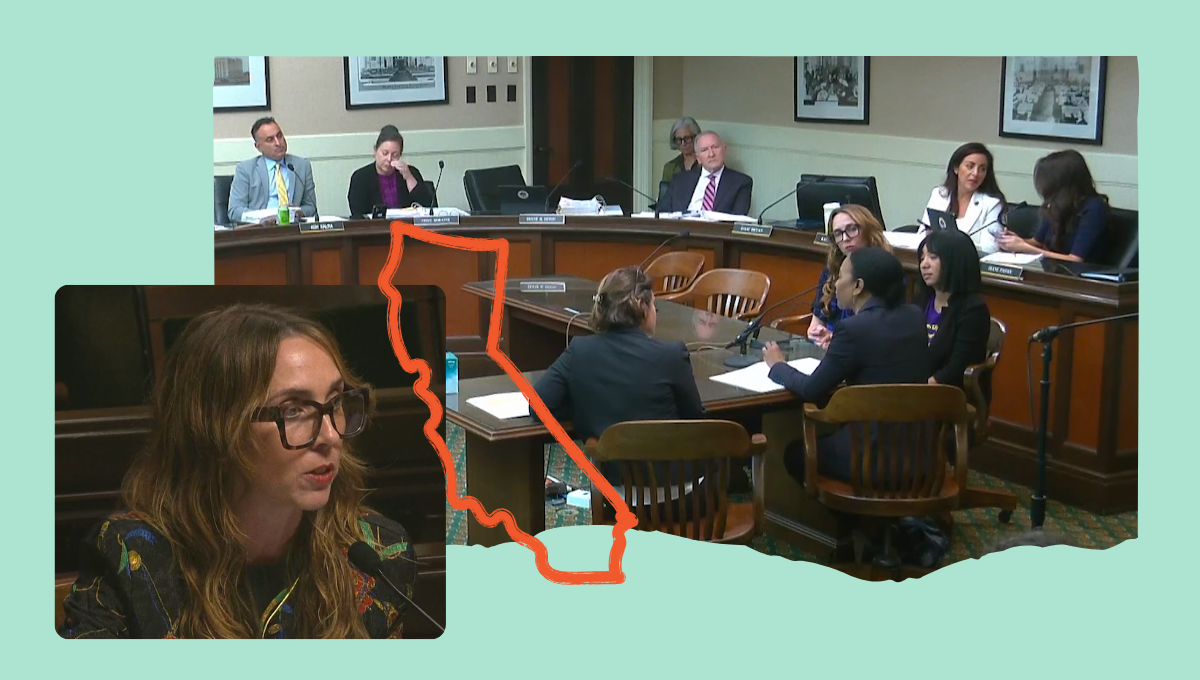What is worker voice?

While technology can be used to assist workers or even improve the quality of work by carrying out the most repetitive, cumbersome, or dangerous tasks, technological innovations have also caused harm to workers and their communities. For example, digital technologies can be used to track, monitor, and manage them as well as suppress their ability to organize.
Most workplace technology is the result of development and deployment processes that systematically exclude the voices of workers, community members, and other stakeholders. There is now overwhelming evidence of the harms of such exclusion.
When Google contractors working at Accenture Flex were suddenly pulled out of their usual work writing Google Help articles to train Google’s AI chatbot Bard, they became exposed to graphic and obscene content—work for which they say they had received no training and that they “risked getting penalized… for passing on the work”.
Workers pushed back, faced retaliatory layoffs, and eventually voted to unionize with the Alphabet Workers Union-Communication Workers of America. They won a contract that provided protections against surveillance tech such as keystroke and mouse monitoring, as well as 30 days’ notice and 6 weeks of severance pay for layoffs, giving workers an essential safety net. This is one example of what workers can achieve when they use their voice for a greater say over their working conditions – and can codify those benefits in a legally binding agreement.
What do we mean by worker voice?
Worker voice refers to the ability of workers to represent and pursue their interests in their workplace and beyond in ways that improve their working conditions and livelihoods. Worker voice brings workers’ perspectives and needs to the table when decisions about them are being made. Worker input can prevent bosses from making choices that are harmful to workers and can even lead to innovative solutions to workplace problems that benefit the workers and the work itself.
Workers may use their voice individually or collectively, but due to power imbalances in the workplace, taking action without a group of coworkers can be risky for an individual. Collective action brings like-minded coworkers together to advocate for better conditions. Worker voice can also be used outside the workplace—workers can speak to policymakers to advocate for pro-worker policies or share their stories with the press to build public support.
Worker voice mechanisms differ in processes and outcomes and can be more or less effective. For instance, unions are the most representative and effective institutions for channeling collective worker voice. Through workplace organizing, unions provide workers with formalized voice mechanisms through collective bargaining agreements (CBAs). Unions use CBAs to:
- Preserve working conditions and prevent job displacement
- Place limits on workplace surveillance
- Safeguard workers’ rights against algorithmic management
- Protect workers from future technological developments
While unions give workers the most enforceable way of influencing technological change in the workplace through legally binding contracts, only 5.9% of all private sector U.S. workers were unionized in 2024, leaving the vast majority of workers in the United States outside the protections of union contracts. However, workers who don’t yet have a union can also exert influence over designing, improving, and in some cases, refusing workplace technology through other pathways that create space for worker voice. In the United States, the National Labor Relations Act gives many workers the right to take collective action for workplace improvements, even if they are not part of a union. Worker voice models can thus be categorized as:
- Collective voice models – Institutional mechanisms that build structural power through collective bargaining
- Voice models for workers not yet in unions – Mechanisms that create room for collective action when there are barriers to unionization
- Worker voice models specific to digital technologies – Mechanisms that introduce worker voice at every stage of the tech lifecycle
- Worker voice models beyond the workplace – Mechanisms that engage state and corporate actors to enhance worker voice
- Individual worker voice models – Mechanisms that channel individual worker agency
Why is worker voice so important?
While workers are highly vulnerable to technological harms, they are also best positioned to advocate for a different and more inclusive approach to tech design, based on their unique expertise. As Amanda Ballantyne, Jodi Forlizzi, and Crystal Weise write, “Workers’ voices are a crucial resource for making innovative technologies trusted and effective, so their full benefits can be realized for society.”
Technology built without input from workers who use it can also be detrimental to consumers, as seen in the use of AI technology that undermines patient safety by ignoring and overriding the expertise of nurses.
Studies have also shown that workplace technologies that take into account workers’ needs, existing work processes, and overall well-being are more likely to succeed than systems that are imposed on workers. Worker involvement in decision-making around technology adoption also leads to more effective and trustworthy tools. It provides frontline intelligence and increases chances of successful adoption, which in turn can improve both worker satisfaction and business outcomes.
What can you do?
Have you or your coworkers been impacted by workplace technology? We’d love to hear from you; simply fill out the form below, and one of our organizers will be in touch with you.
Share your story about workplace technology
Share your experience with automated management, monitoring, and surveillance tools, or other technology in your workplace. Write to us with your story and/or upload a video of yourself below.
"*" indicates required fields
You can also sign up for our newsletter or follow us on social media to stay up-to-date with the latest information and action items.





